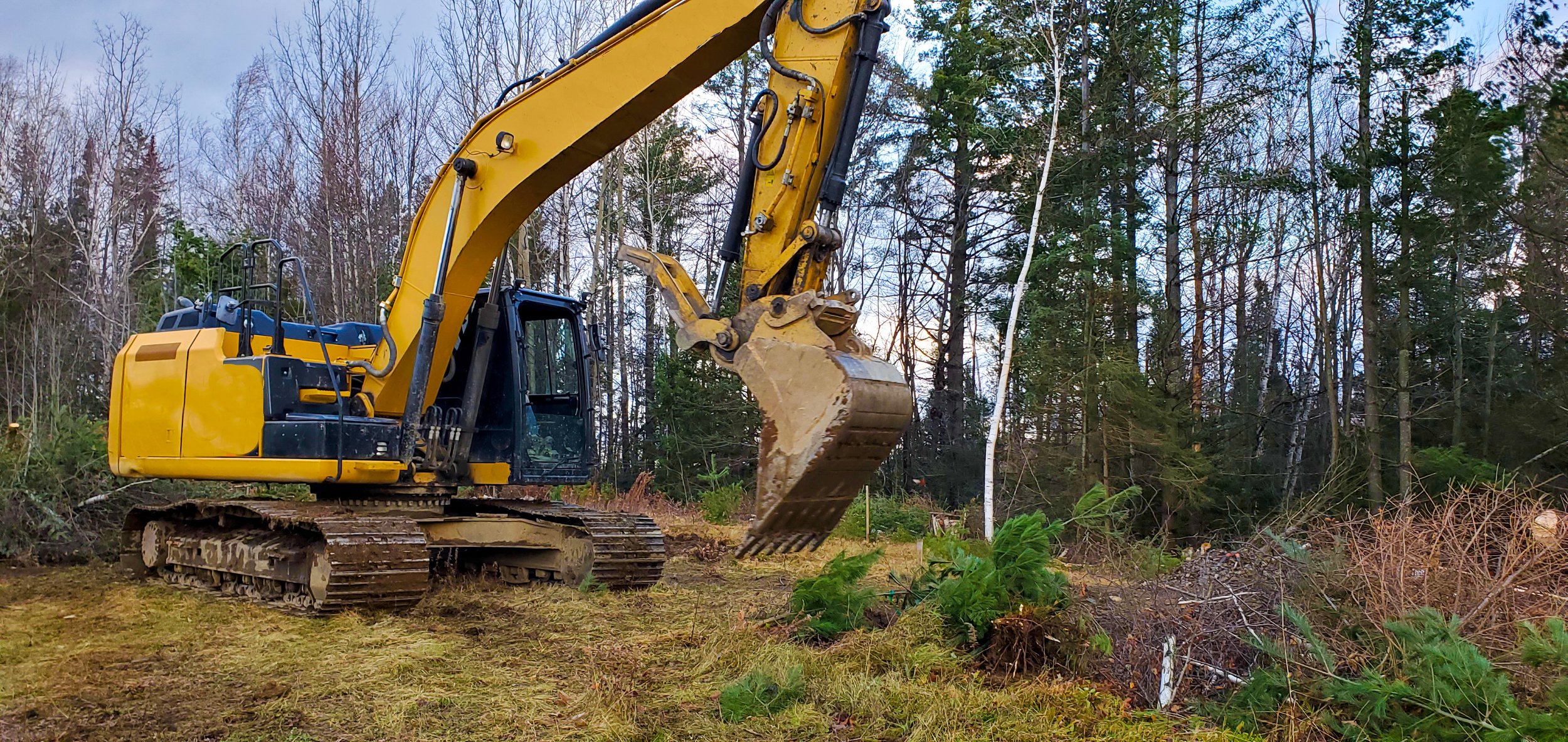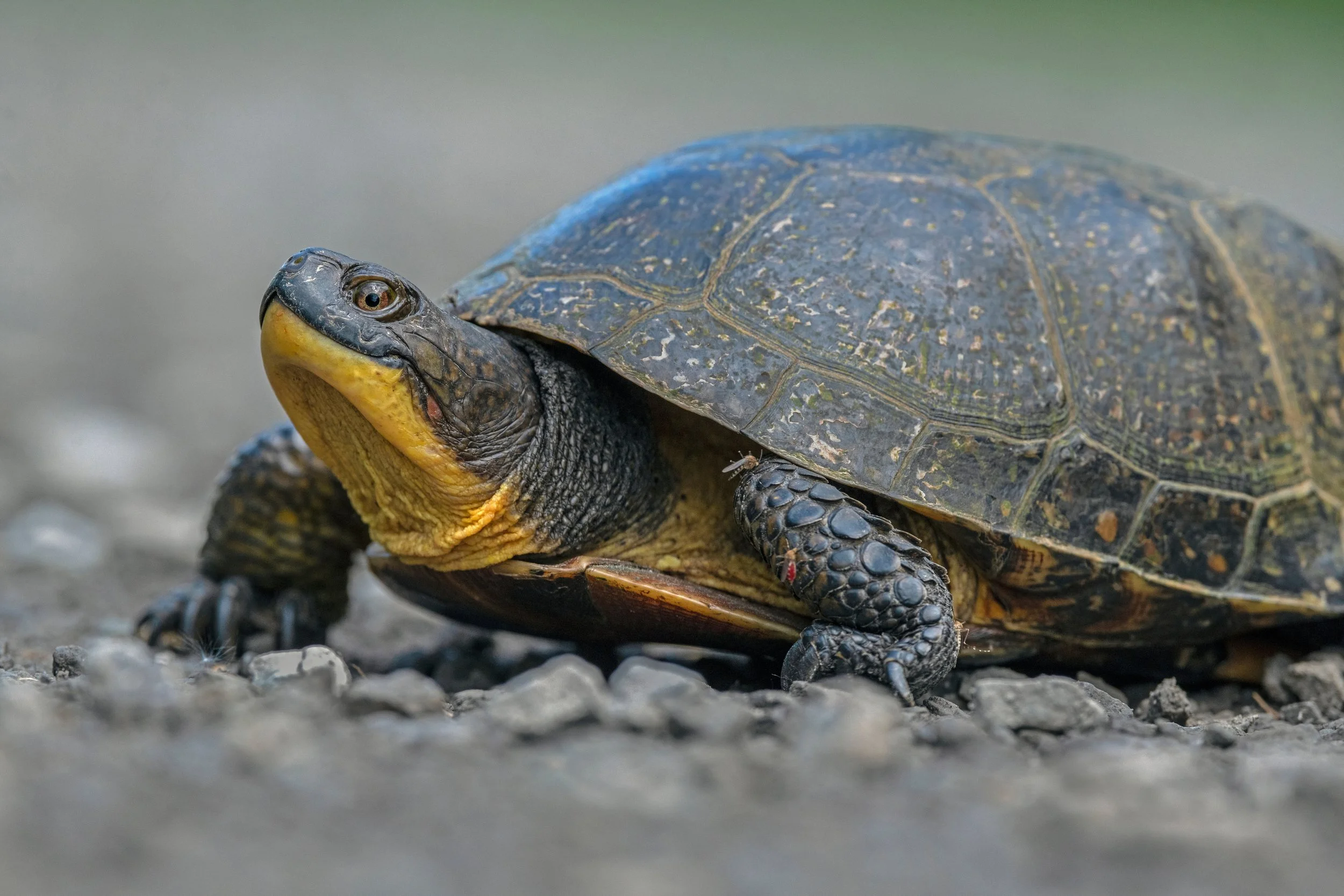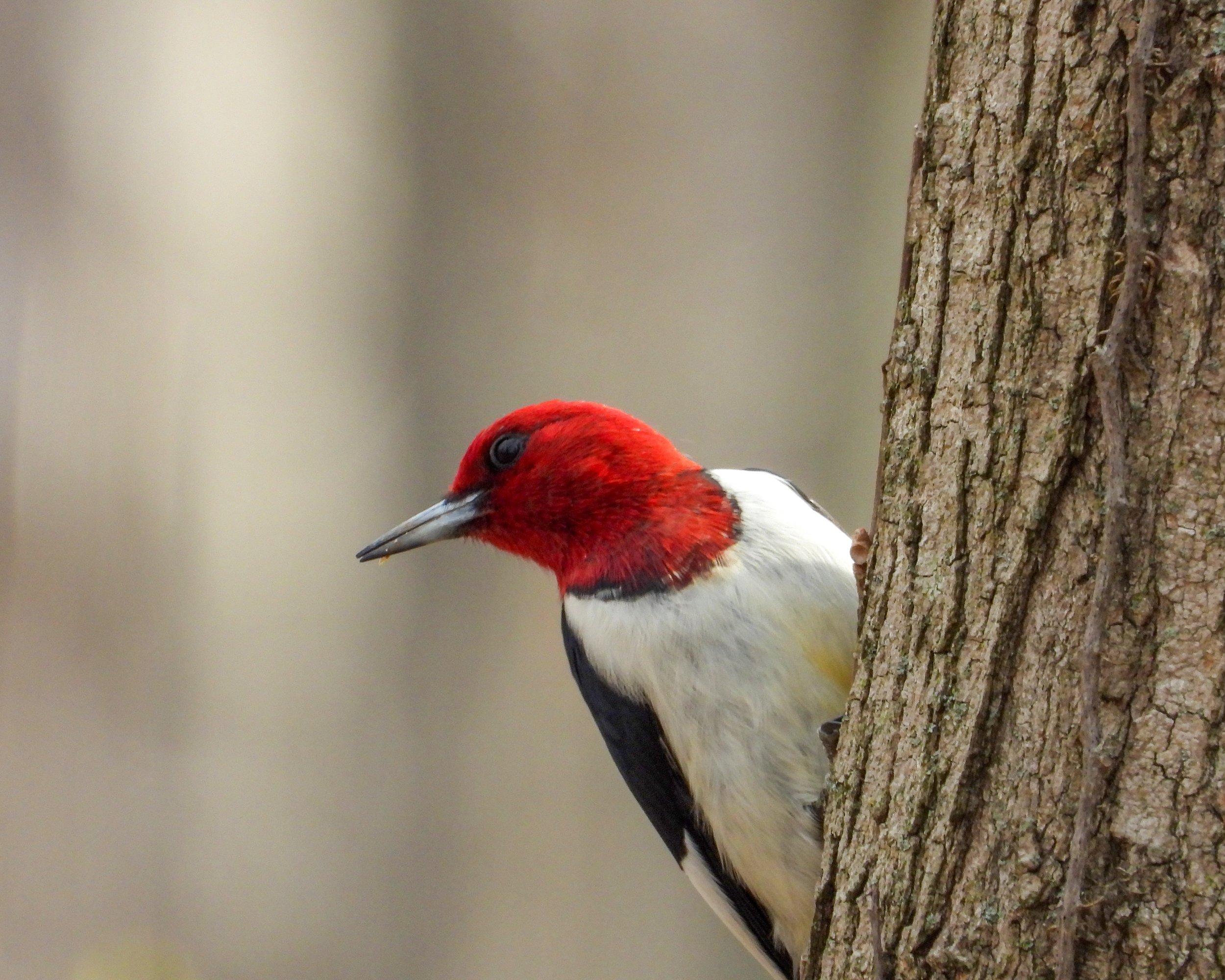Proposed Removal of the Endangered Species Act
As consulting Arborists, Ecologists, and Landscape Architects, Aboud & Associates support clients in navigating legislation that affects land use, development, and environmental protection. The Endangered Species Act, 2007 has long shaped how we assess risk, interpret habitat, and provide guidance on compliance and planning.
The Ontario provincial government, through the Protect Ontario by Unleashing our Economy Act, 2025 (Bill 5), is proposing immediate changes to the Endangered Species Act, 2007 (ESA), which would ultimately be repealed following the enactment of the provincial government’s Species Conservation Act, 2025 (SCA). Bill 5 has been introduced to the House and has gone through the first reading, but has not been voted on. Bill 5 would move onto the second reading stage but has not undergone a second reading and has not been formally debated by Members of Provincial Parliament.
The Ontario provincial government has identified the need for these changes to the ESA as a means to reduce unnecessary delays and costs, increase approvals, project timelines, and provide greater certainty for development and infrastructure projects. If passed, these changes would alter how species and habitats are identified, protected, and regulated—shifting the way we advise clients, assess sites, and interpret policy across Ontario.
If the Bill is passed several changes to the ESA would take effect immediately, including:
Two new compliance orders.
The government would have the authority to add extirpated, endangered and threatened species, as well as remove species from the protected species list, at their discretion.
Harassment of extirpated, endangered or threatened species would no longer be prohibited.
The definitions of species habitat would now be restricted to:
for animal species:
a dwelling place, such as a den, nest, or similar place, occupied or habitually occupied by one or more members of a species for the purposes of breeding, rearing, staging, wintering, or hibernating
the area immediately surrounding a dwelling place described above that is essential for the purposes mentioned
for vascular plant species:
the critical root zone surrounding a member of the species
for all other species:
An area on which any member of the species directly depends to carry out its life processes.
The government would no longer be required to produce species recovery strategies.
The Species at Risk Conservation Fund would no longer accept funds and there would no longer be an option for proponents to pay a charge.
Following the enactment of the Species Conservation Act, 2025, should it be approved, further changes would be implemented, in addition to those noted above, including:
Permitting for activities that are harmful to species at risk would only be required in limited situations.
Proponents who register an activity that may harm a species at risk would be able to proceed with the activity without waiting for the ministry to review or approve the registration/activity.
Species protections would not apply to SARA (Federal Species at Risk Act) protected aquatic species and migratory birds.
The provincial government would no longer be required to develop recovery strategies and management plans, government response statements, and reviews of progress from legislation.
The Species at Risk Stewardship Program would be replaced by a new Species Conservation Program.
The Species Conservation Action Agency (SCAA) would be disbanded. The new registration process would not include an option to pay a species conservation charge which would make the SCAA obsolete.
Advisory committees would no longer be legislatively established and the Species at Risk Program Advisory Committee would be disbanded.
Provincial officers would have “clearer inspection and investigation powers.
Addressing potential violations would now be a collaborative process.
The ESA permitting and registration process would remain in place until new regulations surrounding the registration model are implemented under the SCA.
The public comment period for this proposed Bill is open from April 17th-May 17th, 2025. Comments can be submitted via the Environmental Registry of Ontario portal.
Blanding’s Turtle (currently listed as Threatened under the ESA)
Queen’s Park Legislative Assembly of Ontario
Red-headed Woodpecker (currently listed as Endangered under the ESA)




